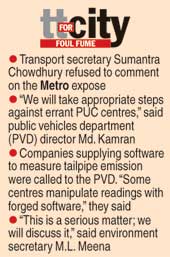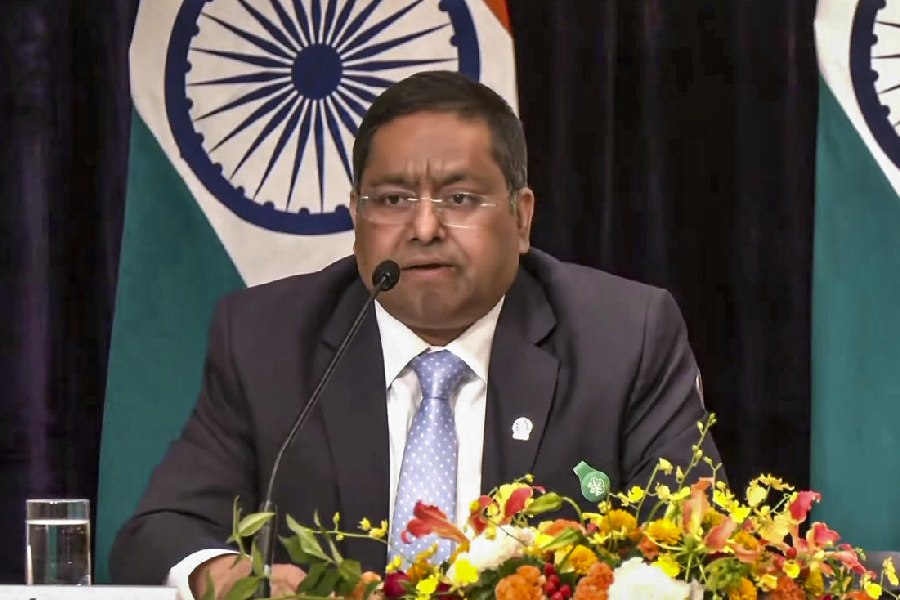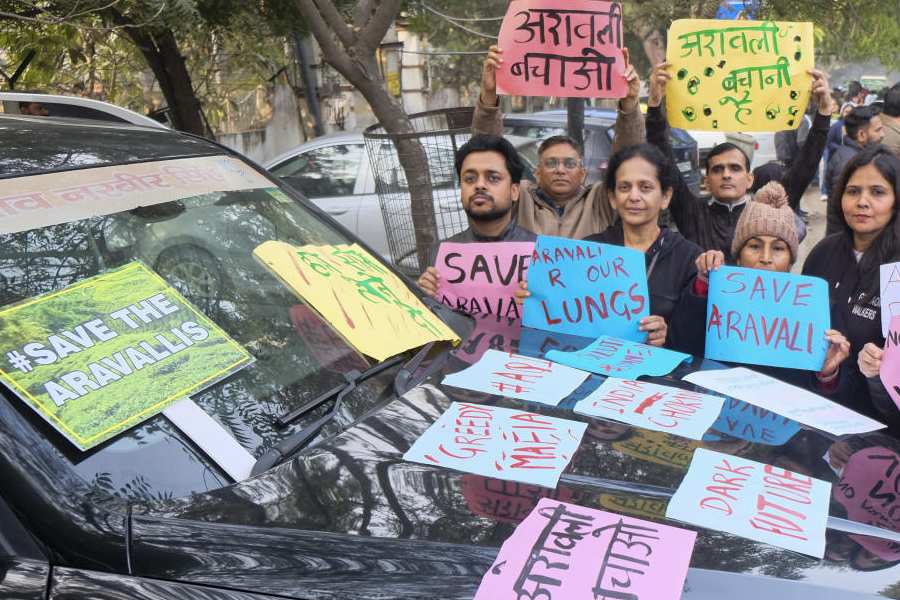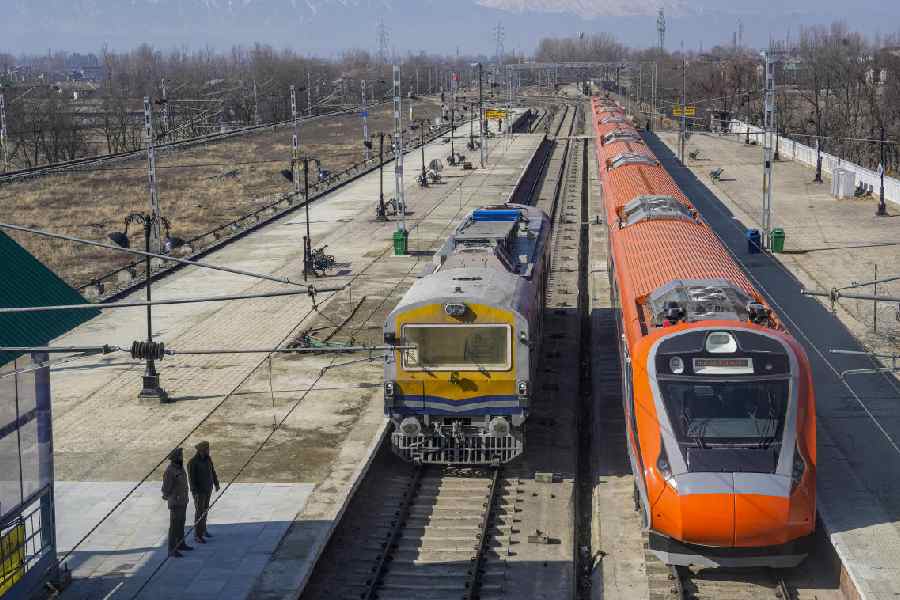 |
The air we breathe is going from foul to fatal. The people who govern us couldn’t be bothered. So, hope rests with the courts, where the air pollution case rests.
A day after exposing the true lies of tailpipe emission tests — with a smoke-belching diesel taxi passing with flying colours at four out of five centres — Metro turns the spotlight on the impact of such porous — and often corrupt — units doling out pollution under control (PUC) certificates.
Every foul fume study conducted in the city for the past 10 years has named “commercial vehicles” the prime culprit.
In 1996, a study on sustainable transport solutions for Calcutta, carried out by British expert John Whitelegg, had put down a significant recommendation — “enforce strict vehicle exhaust emission regulations with spot checks and heavy fines”.
Eleven years later, all that a killer vehicle requires for a PUC certificate is Rs 100 and a compliant centre. Also, around 80 per cent of vehicles plying on city streets don’t bother to get a PUC stamp.
In 1997, a World Bank study blamed the transport sector for “at least 50 per cent” of Calcutta’s air pollution perils.
A 2005 Asian Development Bank (ADB) study stated that buses (35 per cent), autos (32 per cent) and trucks (16 per cent) accounted for major portions of the pollution pie.
Next, a Centre for Science and Environment (CSE) report published in 2006 found 55 per cent of vehicles to be diesel-driven and 54 per cent of these to be “highly polluting”.
Environmentalist Subhas Dutta, in a submission before the high court, refers to a 2005 World Bank report stating that the “total load of air pollution in the city in 2007” will be around five lakh tonnes, “50 to 70 per cent... contributed by the transport sector”.
Or rather by the government apathy towards the air we breathe.










